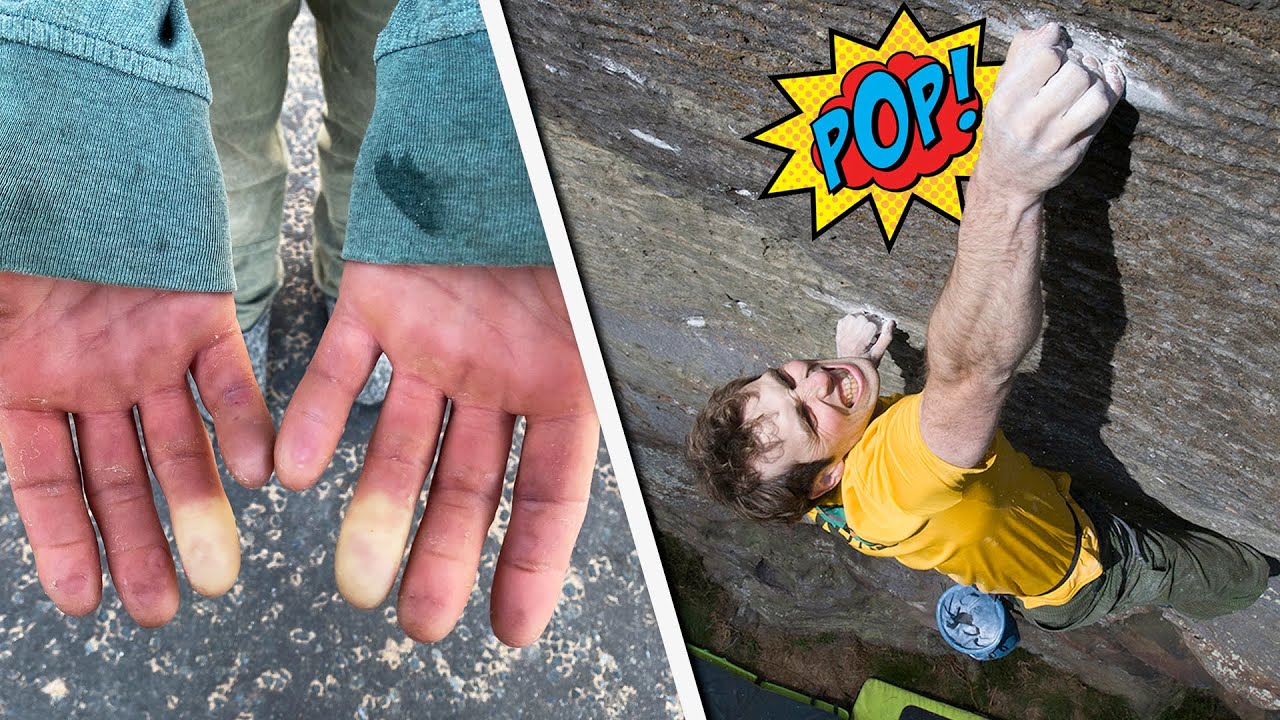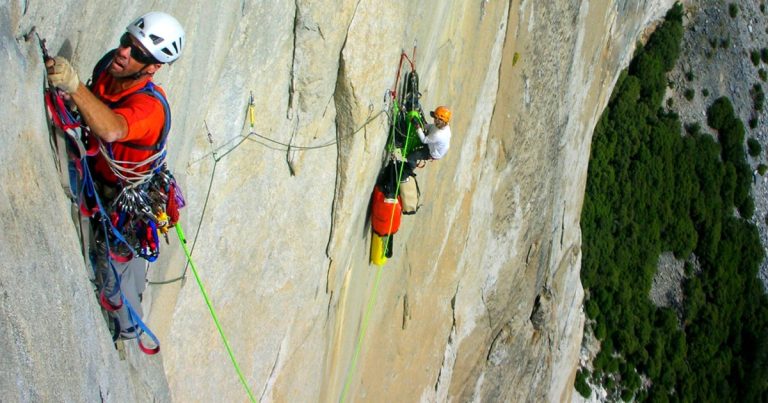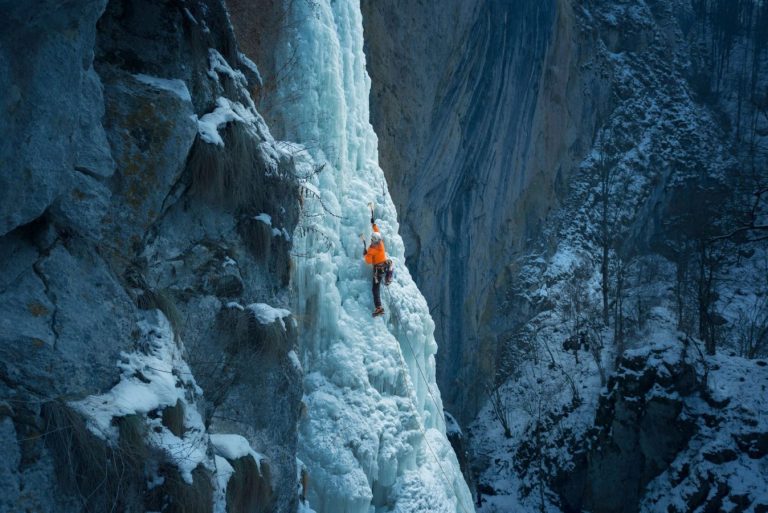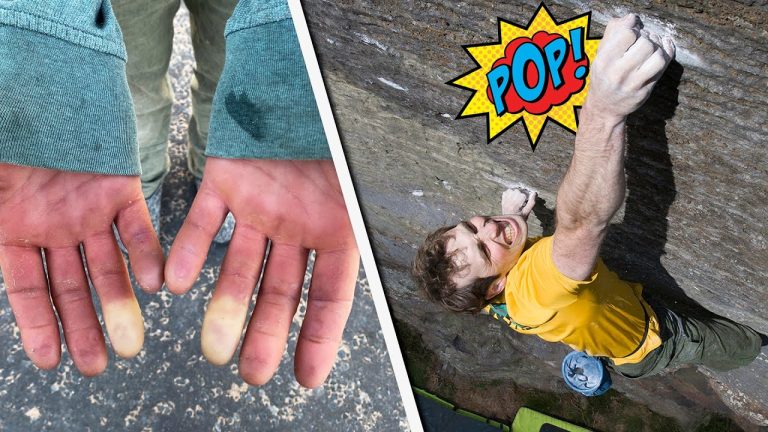Common Bouldering Injuries and How to Prevent Them
Introduction to Bouldering
The Rise of Bouldering Popularity
Bouldering has exploded in popularity over recent years. As a discipline of rock climbing, bouldering involves climbing shorter rock formations or artificial walls without the use of ropes or harnesses. The challenge lies in completing a series of difficult, technical moves in a limited space, making it both physically and mentally stimulating. But like any sport, bouldering comes with its risks.
Common Bouldering Injuries
As a high-intensity activity, bouldering can result in various injuries, some of which are quite specific to the sport. Let’s look at some of the most common ones.
Pulley Injuries
Pulley injuries are among the most frequent issues faced by boulderers. The pulley system in your fingers consists of a series of tendons and ligaments that allow you to grip and pull. Overuse or excessive strain can lead to pulley injuries, which can be quite painful and debilitating.
Tendonitis
Tendonitis, or inflammation of the tendons, can occur in several areas of the body due to bouldering. This includes the elbows, shoulders, and wrists. When tendonitis strikes, it can significantly reduce your range of motion and cause discomfort or pain.
Sprained Ankles
Falls are a part of bouldering, and one of the most common consequences is a sprained ankle. Landing incorrectly or twisting your foot can result in a sprain, which can be both painful and limit your mobility.
Skin Injuries
Skin injuries, such as cuts, abrasions, and flappers, are common in bouldering due to the rough surfaces encountered during climbs. These injuries may not be as severe as other issues, but they can still be painful and impact your performance.
How to Prevent Bouldering Injuries
While injuries can happen to anyone, there are steps you can take to minimize the risks and stay safe while bouldering.
Warm-up and Stretching
A proper warm-up and stretching routine can help prepare your body for the demands of bouldering. Focus on dynamic stretches that target the muscles you’ll be using, such as your shoulders, arms, and legs.
Technique and Training
Improving your technique can help prevent injuries by ensuring you’re using your body efficiently and safely. Training specific movements and working on your grip strength can also make a big difference in preventing injuries.
Recovery and Rest
Rest is crucial for recovery and preventing injuries. Overtraining can lead to fatigue and increase the risk of injury. Be sure to listen to your body and give it the rest it needs.
Protective Gear
Using protective gear, such as climbing shoes, chalk, and crash pads, can help reduce the risk of injury. Climbing shoes provide support and grip, chalk helps improve grip by reducing sweat, and crash pads are essential for cushioning falls.
The Importance of Listening to Your Body
It’s crucial to pay attention to what your body is telling you. Pain, discomfort, or fatigue can all be signs that you need to rest or modify your training. Pushing through these signals can lead to more severe injuries, so it’s essential to be in tune with your body and adjust your approach accordingly.
Conclusion
Bouldering is a fantastic sport that challenges both your body and mind. However, it comes with its share of risks. By being aware of common injuries and taking preventative measures, you can reduce the risk of getting hurt and continue enjoying the sport you love. Remember to warm up, stretch, practice proper technique, use protective gear, and listen to your body.
FAQs
1. What is the difference between bouldering and rock climbing?
Bouldering is a form of rock climbing that focuses on shorter routes or problems, usually no more than 20 feet high. It does not require ropes or harnesses, and climbers rely on crash pads for safety. Rock climbing typically involves longer routes and the use of ropes and harnesses for protection.
2. How can I improve my grip strength for bouldering?
There are several exercises you can do to improve grip strength, such as using hangboards, grip trainers, or doing pull-ups on various holds. You can also practice climbing to build grip strength naturally.
3. How often should I rest between bouldering sessions?
It depends on your fitness level and how intense your sessions are. Generally, it’s a good idea to take at least one rest day between sessions to allow your body to recover. However, listen to your body and adjust your rest days accordingly.
4. Are there any specific stretches or exercises that can help prevent bouldering injuries?
Dynamic stretches targeting the shoulders, arms, and legs are essential before bouldering. Exercises like scapular pull-ups, wrist flexor/extensor stretches, and hip openers can help prepare your body for climbing. Additionally, strengthening exercises for the core, arms, and legs can aid in injury prevention.
5. Can beginners boulder?
Absolutely! Bouldering is accessible to climbers of all skill levels. If you’re a beginner, start with easier routes and gradually progress to more challenging problems as you gain experience and confidence. Make sure to learn proper technique and safety precautions before you begin.




